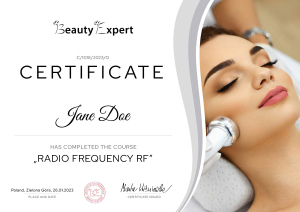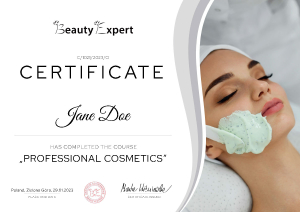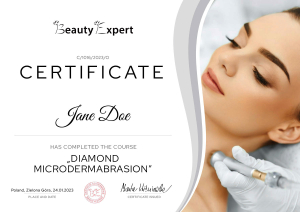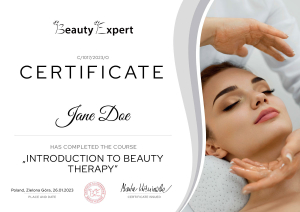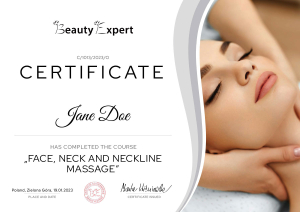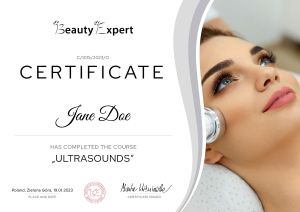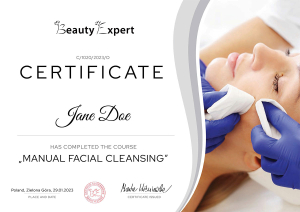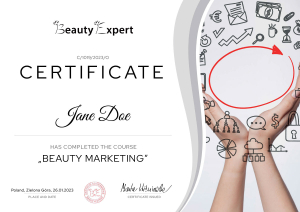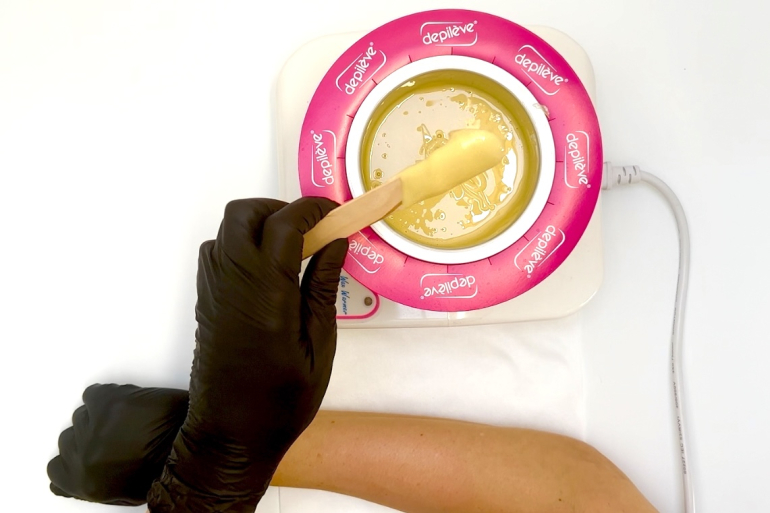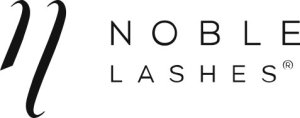If you want to grow your skills at your own pace and truly invest in your future – you’re in the right place. Thousands of students have already chosen Beauty Expert to gain beauty qualifications in their country and abroad. Our online courses now reach over 200 markets worldwide, providing access to modern beauty education – no matter where you live.
Lesson No 24
Body Wrap
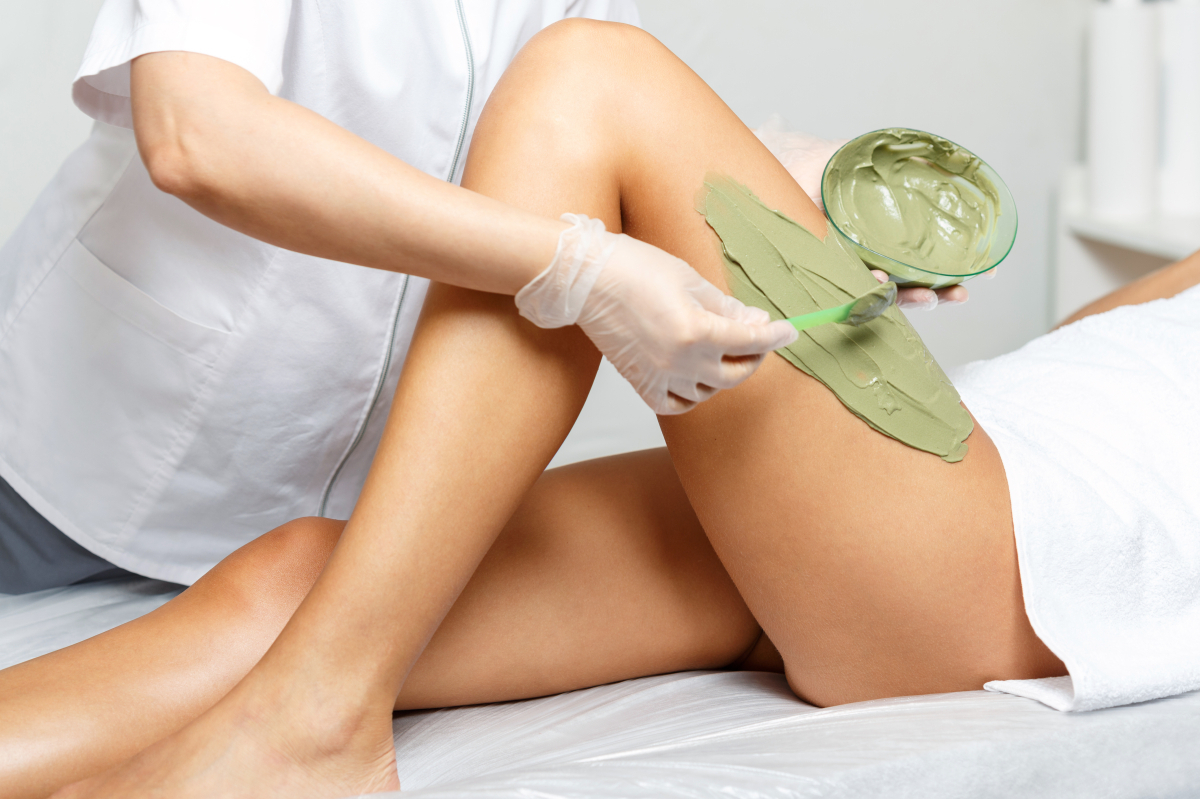
Body Wrapping Lesson
Body wrapping is a physical-cosmetic procedure that involves applying lipolytic, draining, or heating products to the skin, followed by occlusion (such as thermal foil, bandages, or masks) to intensify absorption of active ingredients and stimulate physiological processes. In this lesson, you’ll learn how occlusive therapy works, how temperature affects microcirculation, and how the lymphatic and excretory systems respond to the treatment.
What you’ll learn – theory
- Understand what body wrapping is – the use of active products and occlusion to improve skin appearance, support detoxification, and contour the body.
- Learn how body wrapping works – its effects on thermoregulation, microcirculation, and sweat stimulation.
- Explore the excretory system and its role in detox – including the function of the skin, kidneys, and lymphatic system.
- Review cell and tissue structure – to understand how active ingredients penetrate and act on a biological level.
- Review bone and muscle structure – important for working with body contouring, muscle tension, and fat distribution.
- Understand the anatomy of the skin – focusing on the layers that respond to temperature and active ingredients.
- Study the lymphatic system – and how it helps remove toxins and enhance treatment effects.
- Identify skin conditions – that may contraindicate body wrapping.
- Learn body wrapping techniques – product application order, occlusion types, wrapping method, and treatment time.
- Get to know types of occlusion – including thermal foils, elastic bandages, mineral and alginate masks.
- Review heating and cooling ingredients – such as caffeine, camphor, menthol, and capsaicin.
- Understand the role of aromatherapy in body wrapping – and how to combine it with clays, salts, seaweed, or silicates.
- Explore supportive massage products – like oils, creams, and firming or shaping gels.
- Learn basic cosmetic chemistry – focused on active lipolytic and draining substances.
- Understand contraindications – such as cardiovascular diseases, pregnancy, or cancer.
- Study hygiene and safety protocols – including workstation setup, disinfection, and skin protection.
- Learn how to qualify a client – through consultation, skin assessment, and treatment planning.
- Master workstation preparation – tools, products, and surface protection.
- Follow the full body wrapping procedure step by step – from product application to occlusion and treatment wrap-up.
- Learn aftercare recommendations – including hydration, rest, and home skincare.
- Discover how to combine body wrapping with other treatments – such as massage, lymphatic drainage, exfoliation, or electrostimulation.
What you’ll learn – practice
- Set up your workspace – choose the right area, protect surfaces, and organize materials.
- Gather the required materials – foils, bandages, masks, active products, thermal blanket.
- Prepare the client's skin – cleansing, exfoliation, and application of modeling products.
- Practice the full body wrapping procedure – applying the product, wrapping, monitoring client comfort, and completing the session.
Get your certificate after every course
After each course or lesson, you can test your knowledge with a quiz and instantly download a certificate in 3 languages. You’ll receive a diploma after completing the school and passing the final exam.

